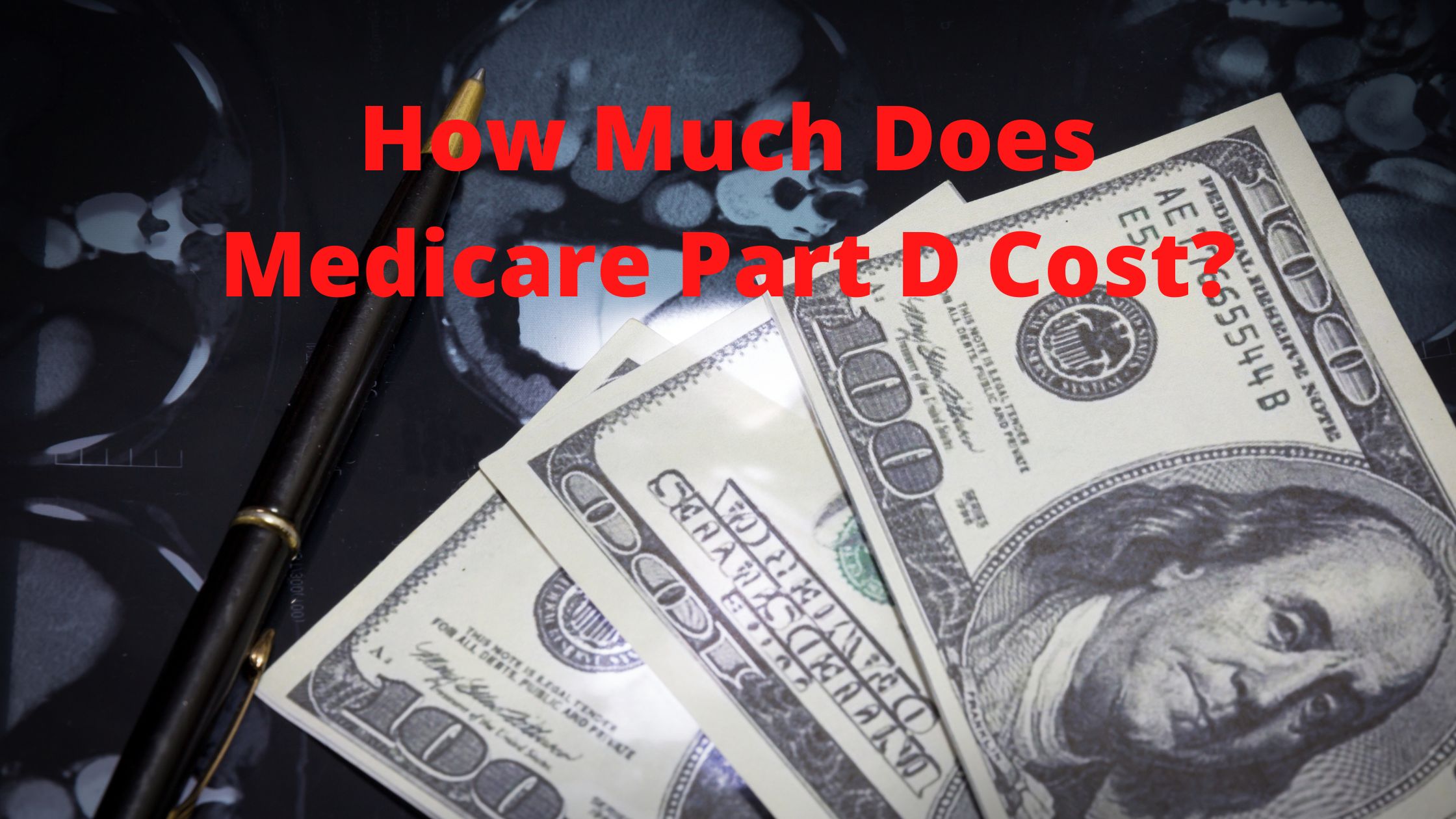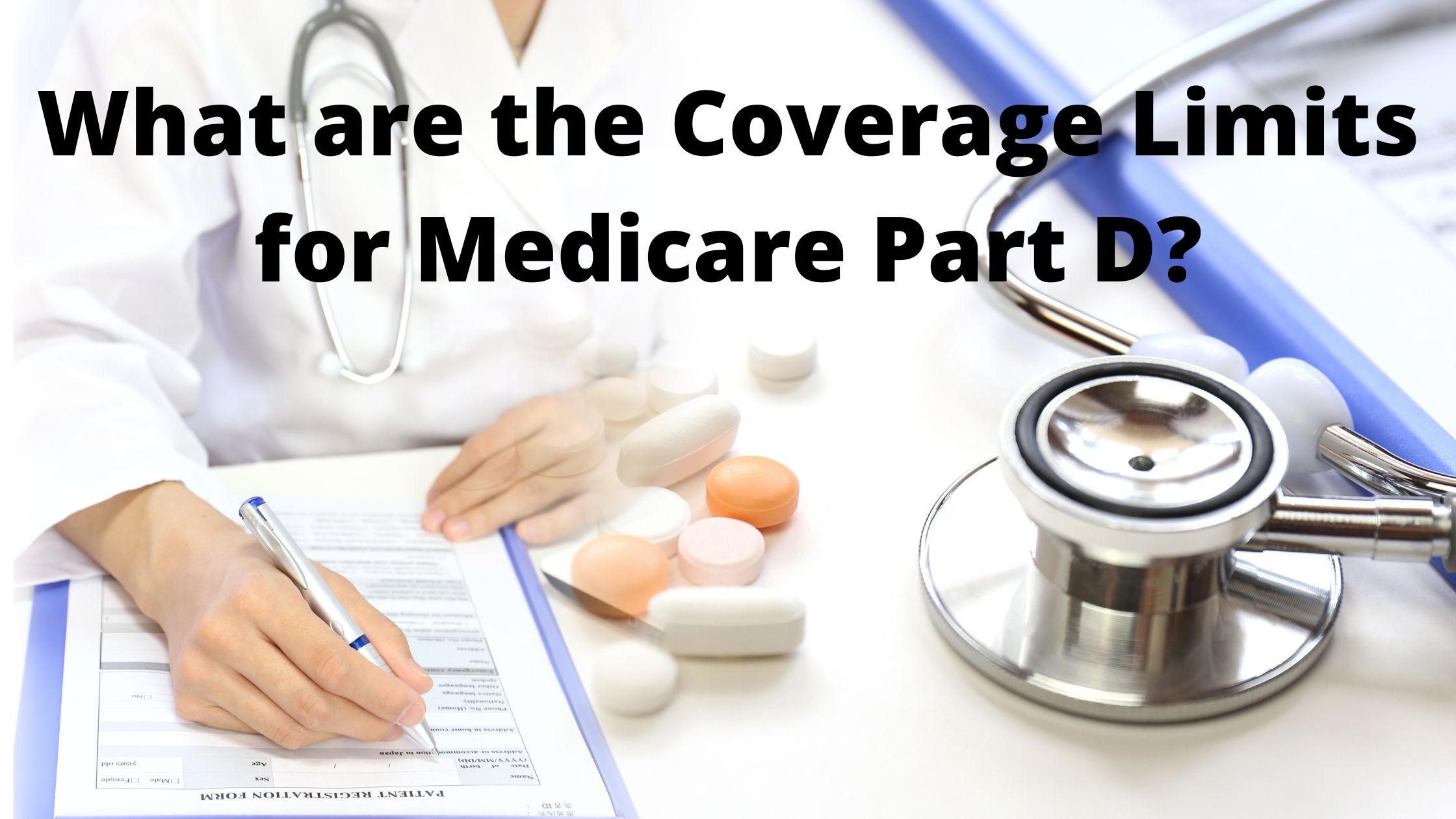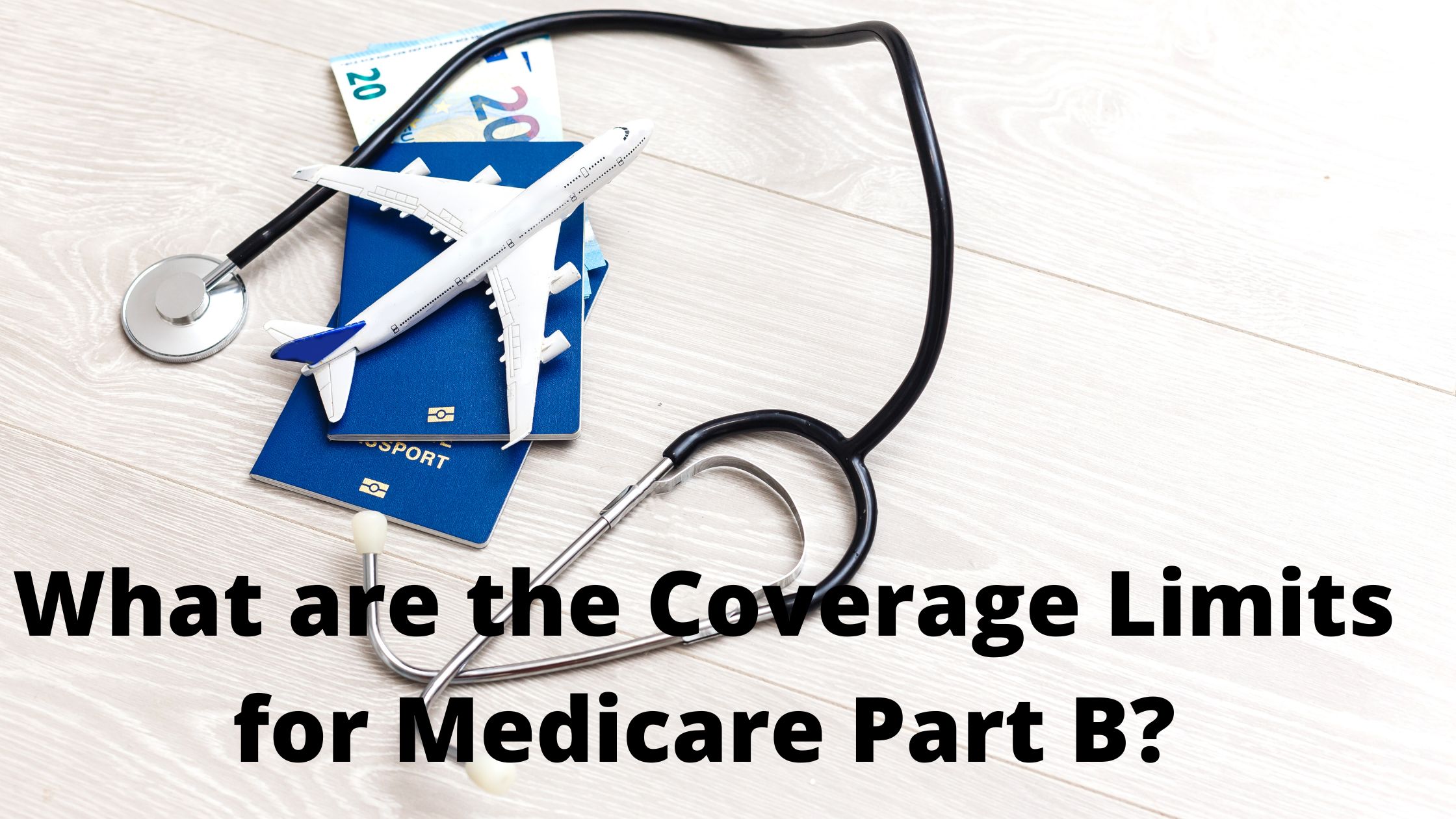Medicare Part D is a government-sponsored program that helps cover the costs of prescription drugs. Medicare Part B is a program that helps pay for hospital expenses. In this article, we’ll explore each of these programs in depth and provide tips on how to maximize their benefits for you and your family.
What is Medicare Part D?
Medicare Part D is a prescription drug program offered by the United States government. It was created in 2003 as a replacement for the Medicare Prescription Drug Program (Part B).
Medicare Part D is available to individuals who are 65 years or older, or have a disability. You must have an annual income below 133% of the federal poverty level to be eligible for Part D.
The program offers a variety of coverage options, including monthly premiums, copays and deductibles. In most cases, you will also be required to pay for your medications out-of-pocket, although there are some exceptions.
If you have Medicare, you may be eligible for help paying your Part D premiums. To find out if you qualify, call 1-800-MEDICARE (1-800-633-4227).
If you are not eligible for Medicare, you can still enroll in Part D if you have an insurance plan that includes prescription drug coverage. You will need to find out whether your plan offers financial assistance with premiums and/or copays.
If you do not have prescription drug coverage through an insurance plan, you can purchase private insurance plans that include coverage for prescription drugs. You will need
What is Medicare Part B?
Medicare Part B is a program that helps pay for prescription drugs. It’s also known as the Medicare Prescription Drug Program (MPDP).
Medicare Part D is a program that helps pay for prescription drugs. It’s also known as the Medicare Prescription Drug Program (MPDP). If you’re enrolled in Medicare, you may be eligible for both Medicare Part B and Medicare Part D.
You can learn more about Medicare Part B and Part D by reading our comprehensive guide below.
What is Medicare Part B?
If you’re 65 or older, or have disability, you may be eligible for Medicare Part B. This program helps pay for prescription drugs. You can choose between two plans: the Basic plan or the Standard plan. The Standard plan has more benefits, but it may cost more than the Basic plan.
What is Medicare Part D?
If you’re enrolled in Medicare, you may be eligible for both Medicare Part B and Medicare Part D. This program helps pay for prescription drugs. You can choose between two plans: the Standard plan or the ExtraHelp plan. The Extrahelp plan has more benefits, but it may cost more than the Standard plan.
What are the Coverage Limits for Medicare Part D?
Medicare Part D coverage is limited to $6,700 annually for individuals and $13,000 annually for families. Coverage is also limited to a maximum of $2,500 per month in out-of-pocket expenses.
What are the Coverage Limits for Medicare Part B?
Medicare Part B coverage is not limited by annual income or family size. However, there is a limit of $5,000 in total covered expenses per year. Out-of-pocket expenses are capped at $2,500 per month.
What are the Coverage Limits for Medicare Part B?
Medicare Part B coverage limits are based on your income and the cost of your plan. To find out what your coverage limit is, use our Medicare coverage calculator.
If you have questions about your Medicare Part B coverage, call our toll-free number or visit our website.
Medicare Part D Coverage Limits
There are no coverage limits for Medicare Part D. You can enroll in any plan available to individuals who are not covered by Medicare.
For more information about Medicare Part D, visit our website or call our toll-free number.
How Much Does Medicare Part D Cost?
Medicare Part D is a program that helps pay for prescription drugs. The program has two parts: Part D, which covers outpatient prescription drugs, and Part B, which covers inpatient and outpatient care.
There are different ways to pay for Medicare Part D. You can enroll in a plan that has a monthly premium or you can use your own money to buy insurance. There are also different types of plans available. The plans have different premiums and coverage limits. You can find information about the different plans on the Medicare website.
People who are eligible for Medicare may be able to get help paying for their prescriptions through Medicare Part D. The program has several different benefits, including coverage for most generic medications and a variety of specialty medications.
The premiums for Medicare Part D plans vary depending on your income and the type of plan you choose. The premium for a standard plan will be about $35 per month. Plans with higher premiums may have more coverage or more benefits, such as drug discounts or free prescriptions.
People who are over 65 years old may be eligible for reduced premiums through the Medicare Part D program. If you are eligible, the premium for your plan will be
How Much Does Medicare Part B Cost?
Medicare Part B is a government program that helps pay for health care costs not covered by Medicare. The Part B premiums are deducted from a person’s Social Security check. Medicare Part B coverage can be used to cover hospital expenses, doctor visits, prescriptions, and other medical services.
There are three types of Medicare Part B coverage: basic, standard, and enhanced. Basic coverage is the least expensive and covers only hospital expenses and doctor visits. Standard coverage includes all of the benefits of basic coverage plus prescription drugs and some other services. Enhanced coverage is the most expensive type of Medicare Part B coverage and includes more services than standard coverage.
Can Istill Receive Medigap Coverage if I’m on Social Security Disability Insurance (SSDI)?
Yes, you can continue to receive Medigap coverage if you are on Social Security Disability Insurance (SSDI). The coverage will generally be the same as if you were not on SSDI. However, there may be some exceptions. For instance, your premiums may increase, and certain benefits may not be available to you. You should speak with a Medicare consultant about your specific situation.
Conclusion
As you may know, Medicare Part D and Part B are two different programs that help seniors and people with disabilities afford prescription medications. In this article, we will explore each program in more detail and discuss the specifics of how it works. We will also provide some tips on how to maximize your benefits from each program, so be sure to read through to learn everything you need to know.

